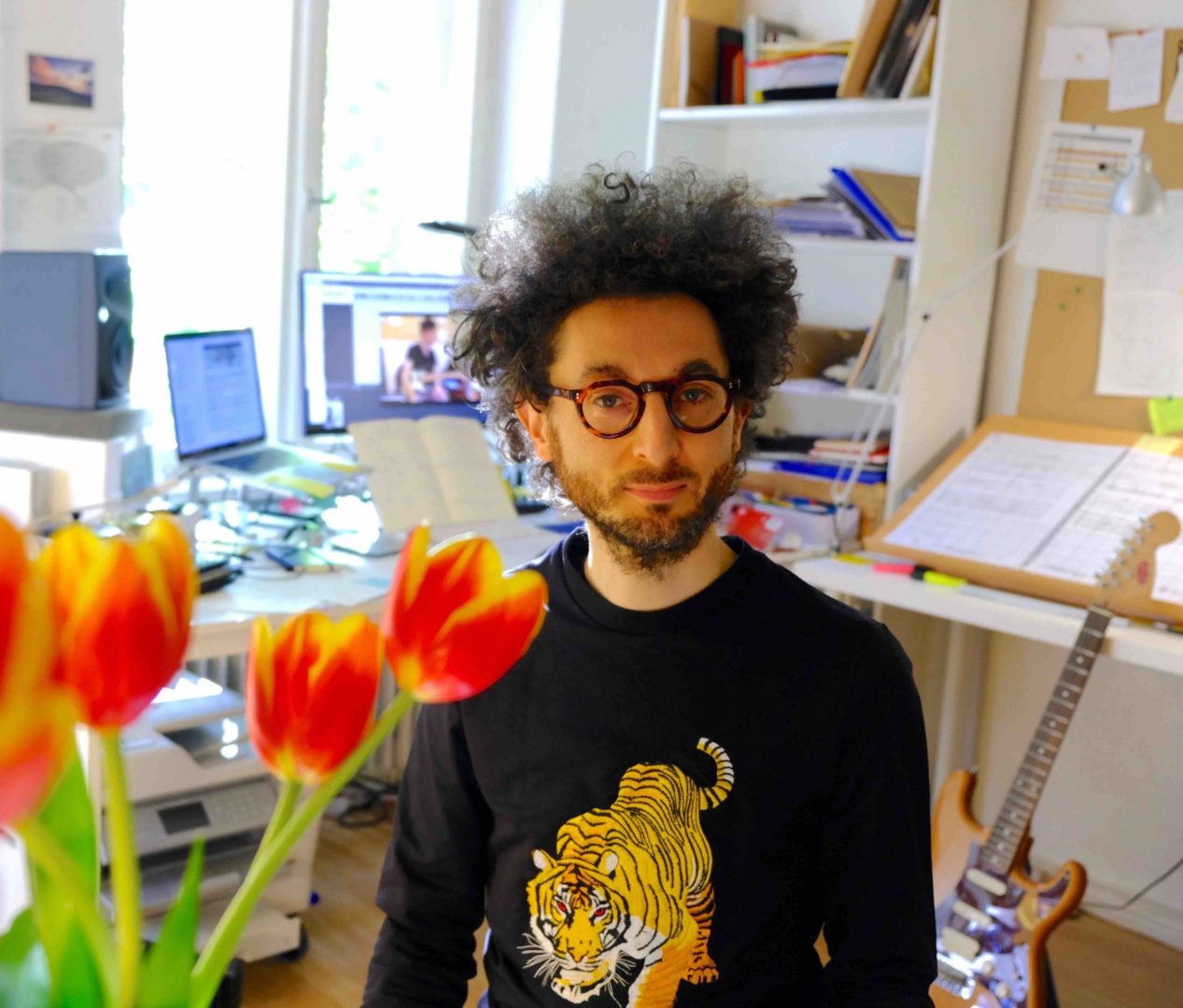Mirror Box Extensions is not only literally an extension and elaboration of the composition Mirror Box (Flesh+Prosthesis #3) (2014), but also thematically and conceptually. It consists of 4 “spaces”: 1. Hybrid Spaces #1 // 2. WYSI(N)WYG // 3. “You will only be allowed to express yourself if you become a hologram” // 4. Hybrid Spaces #2.


In Mirror Box (Flesh+Prosthesis #3) a (pseudo)medical device called “mirror box” served as a poetical point of departure to create a hybrid composition that musically deals with the performer’s bodies and their technological extensions/prostheses.
As technology proliferates and microminiaturizes it becomes biocompatible in both scale and substance and is incorporated as a component of the body. These prosthetic attachments and implants are not simply replacements for a part of the body that has been traumatized or has been amputated. These are prosthetic objects that augment the body’s architecture, engineering extended operational systems of bodies and bits of bodies, spatially separated but electronically connected. (Stelarc on his project Ear On Arm – http://stelarc.org/?catID=20242, accessed 3rd of December 2014)
A mirror box is a box with two mirrors in the center (one facing each way), to help alleviate phantom limb pain, in which patients feel they still have a limb after having it amputated. In a mirror box the patient places the good limb into one side, and the stump into the other. The patient then looks into the mirror on the side with good limb and makes “mirror symmetric” movements, as a symphony conductor might, or as we do when we clap our hands. Because the subject is seeing the reflected image of the good hand moving, it appears as if the phantom limb is also moving. Through the use of this artificial visual feedback it becomes possible for the patient to “move” the phantom limb, and to unclench it from potentially painful positions.(http://en.wikipedia.org/wiki/Mirror_box, accessed 3rd of december 2014)
In Mirror Box Extensions the hybridisation is extended to how we perceive these augmented bodies and the environment in which they exist.
Directly interacting with or perceiving a physical reality (a body, an environment, a physically produced sound) is very different from doing so filtered through a layer of mediations (video projection, loud speaker, laptop, smartphone, tablet, security cam, webcam, …). Mirror Box Extensions tries to touch onto these differences, extending the mirrors beyond the stage, creating a strange labyrinthine hybrid machine of mediations into which the performers and the audience find themselves caught.
Post Scriptio: On the 12th of April 2015 the group “Holograms for Freedom” organised a virtual protest march in front of the Spanish parliament in Madrid against the controversial Citizen Safety Law. Under the new so-called “Citizens Safety Law” it is illegal to gather in front of government buildings without permission from authorities. Organising a virtual protest march was the only way they wouldn’t get arrested. “You will only be allowed to express yourself if you become a hologram”, according to the spokesperson of the protest.
Mirror Box Extensions is written for and dedicated to my dearest friends of the Nadar Ensemble.
Scenography: Marieke Berendsen, Stefan Prins
Video: Kobe Wens
Lights: Marieke Berendsen
Culture Crew (Vincent Jacobs), video software

